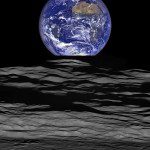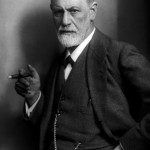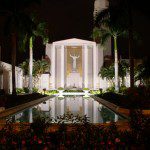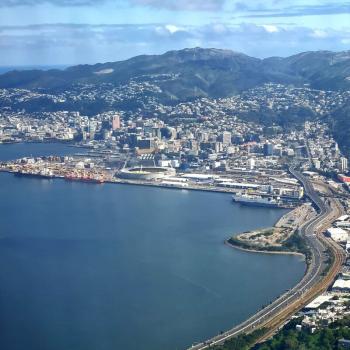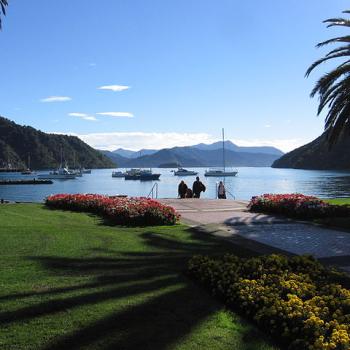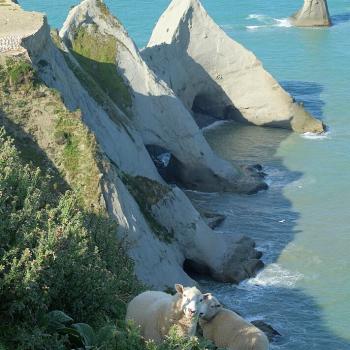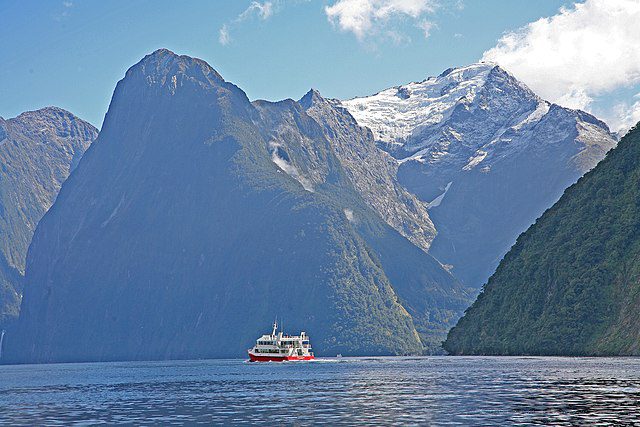
The Interpreter Foundation continues to generate substantial materials for interested audiences. Here are two recently posted specimens:
(1) “Not by Bread Alone Episode 1: Stories of the Saints in the DR Congo,” by Jeffrey M. Bradshaw
For more information on the “Not by Bread Alone: Stories of the Saints in Africa” series, go to https://notbybreadalonefilm.com/en/
For more information in French, go to https://notbybreadalonefilm.com/fr/
To see all of our posts about The Church in Africa, go to https://interpreterfoundation.org/category/africa/At last, we have finished the first episode of the “Not by Bread Alone” film series. Among other things, it had to be updated in order to include yet another temple announced for the DR Congo at the last general conference. Although there is some overlap with the preview video on the home page of the Not by Bread Alone website, the episode contains additional stories and context specific to the DR Congo.
“Not by Bread Alone: Stories of the Saints in the DR Congo” is the first in the series “Not by Bread Alone: Episodes” and introduces the history and peoples of the people of this vast central African nation. The video gives a sneak preview of some of the upcoming episodes. These episodes and other video shorts will be posted as they become available over the next few years. A YouTube playlist for the series is available at https://www.youtube.com/playlist?list=PLRMn4gyXMWLvVVJ2xA4-zAV9KQeAWLfsO (English) and https://www.youtube.com/playlist?list=PLRMn4gyXMWLsaEDHbf2aDrpZum-FyEs0q (French).
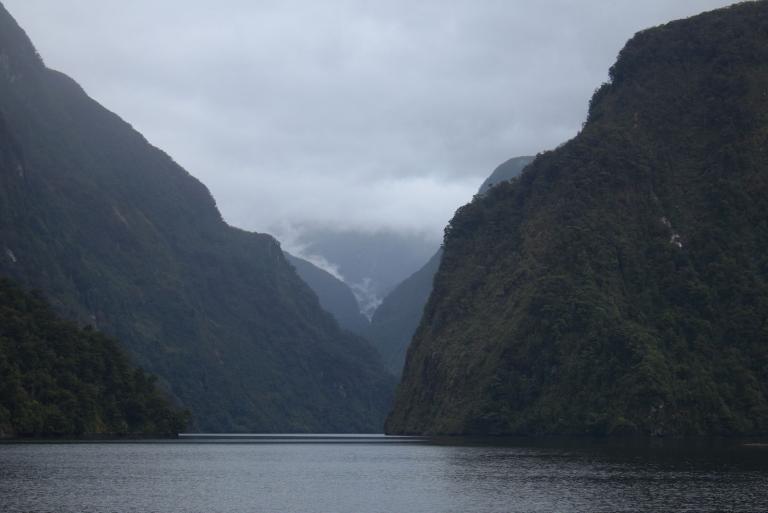
(2) The Temple: Symbols, Sermons, and Settings
Proceedings of the Fourth Interpreter Matthew B. Brown Memorial Conference
“The Temple on Mount Zion,” 10 November 2018Temple on Mount Zion Series 5
Stephen D. Ricks and Jeffrey M. Bradshaw (eds.)
Published by The Interpreter Foundation, Orem, Utah, in cooperation with Eborn Books, Salt Lake City, Utah
The temple is central to Latter-day Saint worship. Through modern revelation Joseph Smith restored the ancient tradition of temples and the ordinances performed therein. Studies of ancient temples can shed much light on latter-day temples and temple worship.
Several years ago Latter-day Saint scholar Matthew Brown planned a conference entitled The Temple on Mount Zion and began to invite the participants. Matthew Brown loved the temple and temple worship and studied and published on ancient and modern temples. His interests and knowledge were vast. When Matthew passed away very unexpectedly in 2011, his friends decided to organize a series of conferences in his memory. This volume, the fifth in the series, contains proceedings from the fourth conference held in his memory 10 November 2018 and reflects many of the topics that Matthew loved, centered on the theme of the temple: symbols, sermons, and settings.
The purpose of the book series is to increase understanding and appreciation of temple rituals and doctrines, and to encourage participation in the redeeming work of family history and temple worship.
Videos of the presentations at the conference are available here.
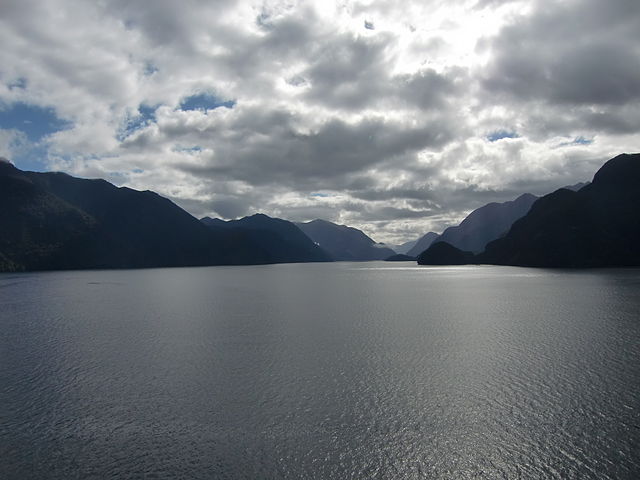
Fairly early this morning, the Ovation of the Seas cruised into Dusky Sound, one of the South Island’s remarkable fjords. Afterwards, traveling up the coast, we entered into a second one — Doubtful Sound, so named by Captain James Cook. Magnificent. And then, last of all, we sailed into Milford Sound, which, I think, is probably the most famous and the most spectacular of them all. They are contained within New Zealand’s Fiordland National Park. (Please note the now-archaic spelling and please feel free to look at the attractive images on the National Park’s website.)
They are definitely reminiscent of the fjords of Norway, which I’ve visited on a few prior occasions (and even entered via a cruise ship). The term fjord is originally Norwegian, from an Indo-European root that is connected with the idea of “crossing.” It’s the same root, by the way, that gives us the English words fare and ferry.
As the word is typically used in English, a fjord is a U-shaped valley that has been scooped out by glaciation and then filled with seawater; it is a sea-inlet.
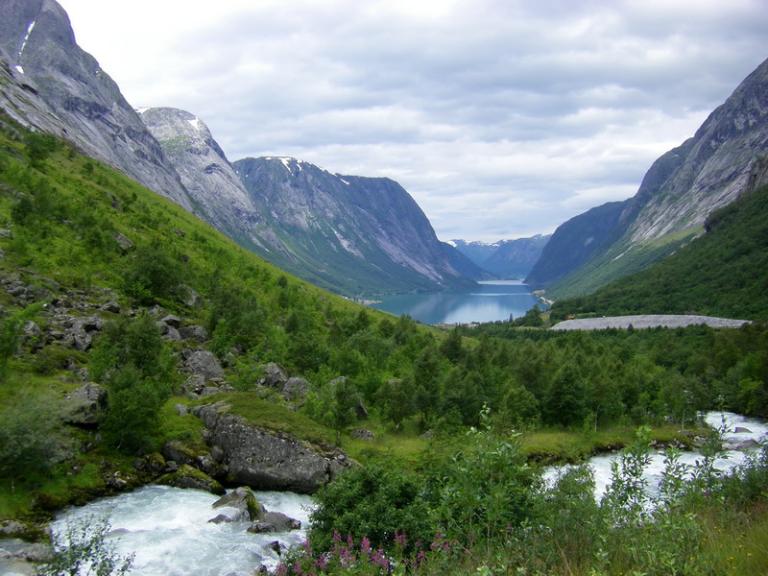
Strictly speaking, my grandmother’s beautiful native Kjøsnesfjorden in Norway doesn’t quite match that definition, because it is a glacially-formed freshwater lake. But Norwegian uses the term fjord more broadly than does English, even employing it in some cases simply to denote a long, narrow body of water: Thus, the relevant Norwegian Wikipedia article calls Kjøsnesfjorden “en innlandsfjord.”)
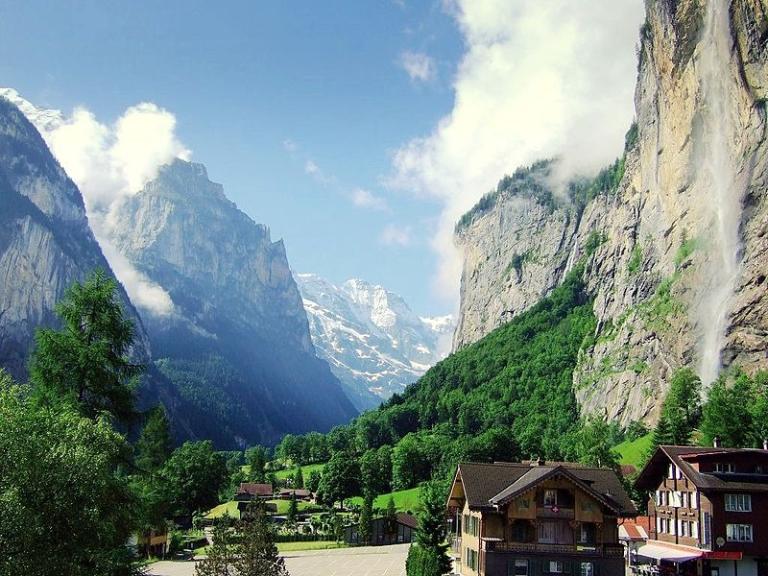
Given their common shape and the many waterfalls tumbling down the cliffs that surround them, Dusky Sound, Doubtful Sound, and Milford Sound reminded me of the mountain valleys of Switzerland. (Most obvious, I think, is the Lauterbrunnen Valley.) They too were carved out by glaciers. They, too, are U-shaped, with sheer walls of rock and ringed by almost innumerable waterfalls. But, of course, they are neither sea-inlets nor long, narrow bodies of any other kind of water.
But it’s pretty obvious why I enjoyed the fjords so very much today. For pretty the same reason that I love the fjords of Norway and mountain valleys of Austria, Bavaria, and Switzerland.
I’ve wanted to see New Zealand’s fjord country — and, indeed, the South Island — for a very long time. And now I have. I would like to have seen more, of course. I would also like to have seen Canterbury and Christchurch, among other things. And I wouldn’t mind seeing the fjords again.
For now, though, we’re sailing away from New Zealand across the Tasman Sea. We’re Sydney-bound.
Posted from off the western coast of New Zealand


